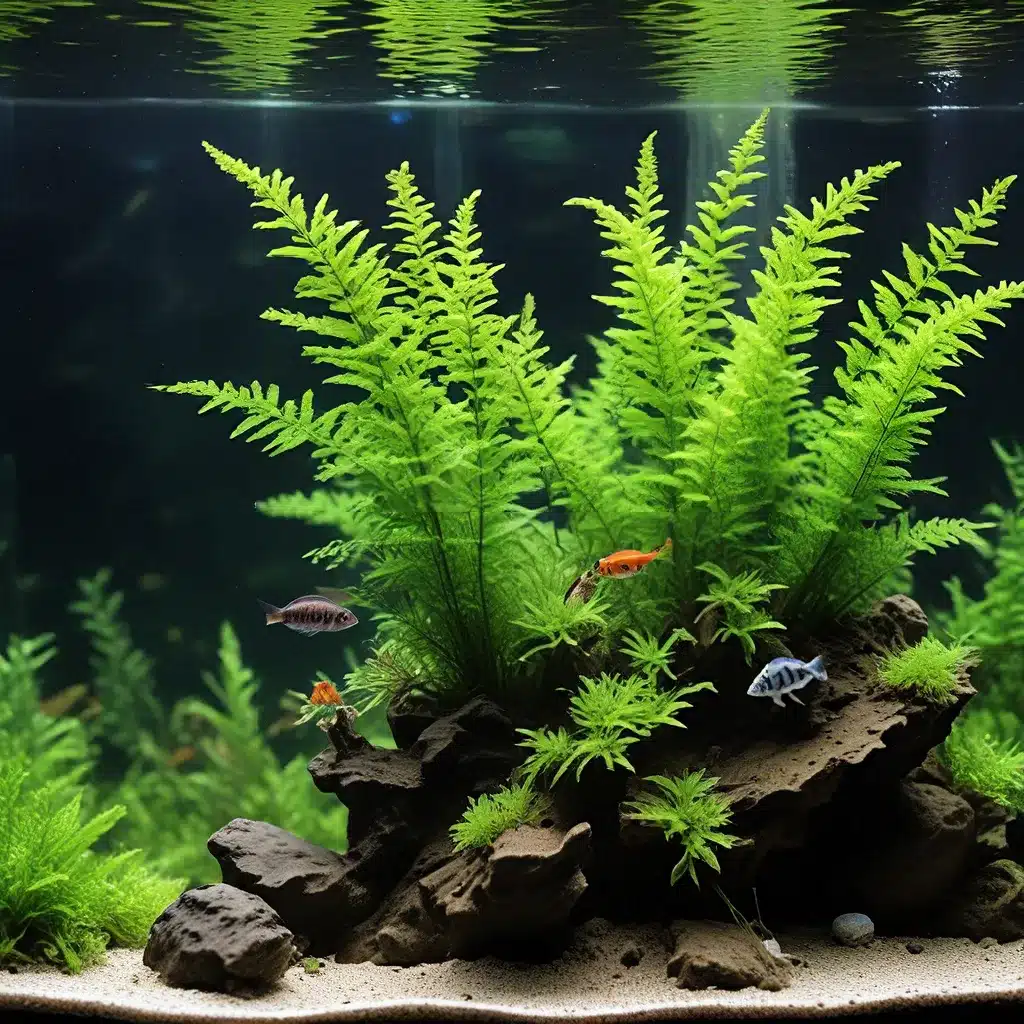
Understanding the Nitrogen Cycle
The nitrogen cycle is a fundamental process that underpins the health and stability of any aquarium ecosystem. This intricate cycle involves the transformation of various nitrogenous compounds, facilitated by specialized beneficial bacteria, which are essential for maintaining water quality and supporting the overall well-being of your aquatic inhabitants.
At the heart of the nitrogen cycle lies the conversion of ammonia, a highly toxic substance produced by the decomposition of organic matter and fish waste, into less harmful compounds. This process is carried out by two distinct groups of bacteria: Nitrosomonas, which convert ammonia into nitrite, and Nitrobacter, which then transform nitrite into nitrate. Nitrate, while still requiring management, is significantly less toxic to fish and other aquatic organisms.
Understanding the role of these bacteria and the dynamics of the nitrogen cycle is crucial for any aquarium enthusiast, as it directly impacts the success and longevity of your aquarium setup. By mastering the techniques of effective nitrogen cycling, you can ensure a healthy, thriving, and visually stunning aquatic ecosystem.
Establishing the Nitrogen Cycle
Initiating the nitrogen cycle in a new aquarium can be a delicate and time-consuming process, but with the right approach, you can ensure a smooth and efficient transition. One of the most common challenges faced by aquarium owners is the phenomenon known as new tank syndrome, which occurs when the cycling process is disrupted or overwhelmed, leading to spikes in ammonia and nitrite levels that can be detrimental to your aquatic inhabitants.
To prevent new tank syndrome and establish a stable nitrogen cycle, it’s crucial to introduce beneficial bacteria to your aquarium either through the use of commercial bacterial supplements or by seeding the system with established media from a mature aquarium. These bacteria will gradually establish themselves and begin the process of converting ammonia into nitrite and then nitrate.
Experts recommend starting with a small number of hardy fish species that can tolerate fluctuating water parameters during the cycling process, and gradually introducing more fish as the cycle matures. Avoid the temptation to overstock your aquarium, as this can overwhelm the developing biological filtration system and prolong the cycling period.
Additionally, it’s important to monitor water parameters closely during the cycling process, testing for ammonia, nitrite, and nitrate levels, and making adjustments as needed to maintain optimal conditions. This may include performing partial water changes, adjusting feeding regimes, or adding specific products to aid in the cycling process.
Maintaining a Healthy Nitrogen Cycle
Once the nitrogen cycle has been established, it’s crucial to maintain a healthy and balanced system to ensure the long-term success of your aquarium. This involves:
Regular Water Testing and Monitoring
Consistently testing your aquarium’s water parameters, such as ammonia, nitrite, nitrate, and pH, is essential for identifying any imbalances or potential issues. Keeping a detailed log of these measurements can help you recognize trends and make informed adjustments to your maintenance routine.
Balanced Stocking and Feeding
Overstocking your aquarium or providing excessive amounts of food can disrupt the nitrogen cycle by introducing too much organic waste. Maintain a thoughtful stocking plan and practice responsible feeding habits to avoid overwhelming the biological filtration system.
Proper Aquarium Maintenance
Routine tasks like water changes, filter cleaning, and substrate vacuuming play a critical role in maintaining water quality and supporting the nitrogen cycle. By keeping your aquarium clean and well-maintained, you can ensure that the beneficial bacteria have the optimal environment to thrive.
Supplementing with Beneficial Bacteria
Even in a mature aquarium, it can be beneficial to periodically supplement with commercial bacterial products to bolster the population of Nitrosomonas and Nitrobacter, ensuring the continued efficiency of the nitrogen cycle.
Optimizing Aquarium Filtration
The design and operation of your aquarium’s filtration system can have a significant impact on the nitrogen cycle and overall water quality. Choosing the right combination of mechanical, chemical, and biological filtration components can help create a well-balanced and sustainable ecosystem.
Mechanical filtration, such as media traps and mechanical sponges, helps remove particulate matter from the water, while chemical filtration, using activated carbon or other specialized media, can adsorb dissolved organic compounds and toxins.
However, the biological filtration component is the most critical aspect for maintaining a healthy nitrogen cycle. This is typically achieved through the use of bio-media, which provides a large surface area for the growth and proliferation of beneficial bacteria. Regularly cleaning and maintaining your biological filtration media can help ensure optimal performance and prevent disruptions to the nitrogen cycle.
Aquascaping and the Nitrogen Cycle
The design and layout of your aquarium’s aquascape can also have a significant impact on the nitrogen cycle and overall water quality. Carefully selected live plants and hardscape materials can play a crucial role in promoting a stable and balanced ecosystem.
Live plants, such as freshwater aquarium plants and aquarium-safe macroalgae, can act as natural biofilters, absorbing excess nutrients and helping to maintain stable nitrate levels. Incorporating a well-planned planted aquascape can enhance the visual appeal of your aquarium while contributing to the health of the nitrogen cycle.
Hardscape elements, like rocks and driftwood, can provide valuable surface area for the growth of beneficial bacteria, further supporting the nitrogen cycle and improving overall water quality. By thoughtfully designing your aquascape, you can create an environment that is both aesthetically pleasing and biologically thriving.
Conclusion
Mastering the complexities of the aquarium nitrogen cycle is a fundamental aspect of successful aquarium keeping. By understanding the underlying processes, implementing effective cycling techniques, and maintaining a healthy, balanced system, you can ensure the long-term success and vibrancy of your aquatic environment.
Remember, the key to managing the nitrogen cycle lies in patience, diligence, and a commitment to understanding the unique needs of your aquarium ecosystem. By following the strategies outlined in this comprehensive guide, you’ll be well on your way to creating a thriving, sustainable, and visually stunning aquarium that will captivate and inspire aquarium enthusiasts for years to come.

